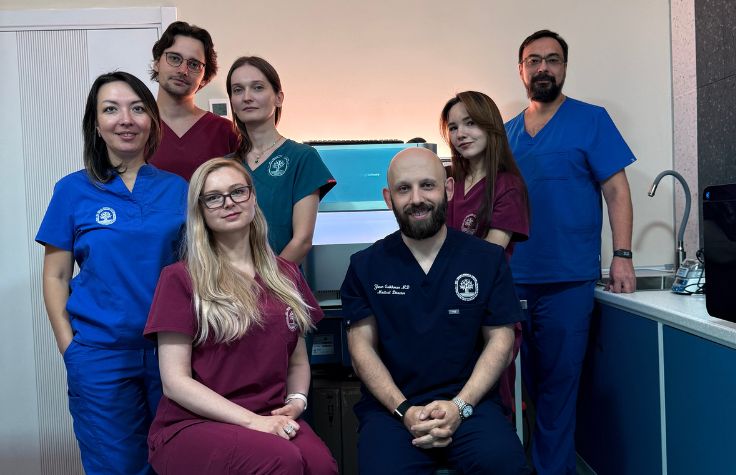
October 22, 2018
Not since the development and use of chemotherapies have we seen subsets of cancers halted in their tracks by new classes of targeted drugs and therapies that reignite a patient’s own immune system to fight their cancer. Immunotherapy has quickly become the new pillar in cancer care. Immunotherapies, such as checkpoint inhibitors, show incredible promise for patients with various forms of cancers such as melanoma, non-small cell lung cancer (NSCLC), bladder cancer, and kidney cancer among others. However, only a subset of patients benefit from these immunotherapies, and the use of predictive biomarkers is essential in stratifying patients into responders versus non-responders. The overall load of somatic mutations in the tumor, or tumor mutational burden (TMB), has become increasingly utilized as a biomarker for response prediction.
Numerous clinical studies have demonstrated that higher mutational burden correlates to improved survival benefits in patients receiving checkpoint inhibitor therapies for cancers such as melanoma, colon, and NSCLC. Recent data from clinical trials such as CheckMate 227 have demonstrated that in NSCLC, higher TMB is associated with improved clinical outcomes, and there are additional trials currently underway using TMB as a biomarker. Initial studies used whole exome sequencing (WES) as the gold standard for measuring TMB; however, cost, computational complexity, and time for WES make targeted panel sequencing more attractive for routine use at present. While a variety of such gene panels of differing sizes are offered commercially there has been very little reporting on the ideal sizes, or methods of calculating TMB…until now.
Studies such as this highlight the importance of panel size to the accurate measurement of TMB across different cancer types and tumor loads.
Dr. Albrecht Stenzinger, a pathologist at University Hospital in Heidelberg, Germany, and his colleagues, recently performed in-silico analysis (using combinatorial calculations and extensive simulations) of TCGA data of 8371 tumors, across 25 different cancer types, including lung, melanoma, pancreatic, breast, head, and neck among others. The authors specifically investigated the influence of gene panel size on the precision of TMB measurement by considering certain core parameters, including the confidence intervals of TMB reporting, use of all mutations versus only missense mutations, and sensitivity and specificity for detection of hypermutated tumors. Their findings were recently published in the International Journal of Cancer.
The study assessed the performance parameters of two Illumina panels – TruSight Tumor 170 (TST 170) and TruSight Oncology 500 (TSO 500), a forthcoming panel, in the context of the in-silico analysis. Their research highlights the following:
- Smaller panels result in imprecise measurement of TMB, especially for tumors with low TMB values: “The data suggests that TMB estimation using small gene panels can be highly imprecise and thus clinically suboptimal for patient stratification and response prediction.”
- TMB cut-off to identify hypermutated tumors is dependent on panel size, as well as on specific histology: “Larger gene panels are associated with reasonable cutoff values that help identify true signals from background noise in routine diagnostics.”
- Recommend panels between 1.5Mb to 3Mb to balance benefits with cost, and also recommend using both missense and nonsense mutations to calculate TMB.
- TSO500 with a panel size of 1.94Mb was shown to have good performance and is preferable to use for TMB measurement over TST 170.
“Studies such as this highlight the importance of panel size to the accurate measurement of TMB across different cancer types and tumor loads,” said Phil Febbo, M.D., Chief Medical Officer at Illumina. “To the best of my knowledge, this is the first publication to use large-scale computational analysis to evaluate how size of the gene panel, and the type of mutations included in the calculations, impacts measurement of TMB. Of course, algorithms for mutation calling and filters to remove artifacts and germline variants are also components of accurate TMB, but this paper will contribute significantly to ongoing efforts working to standardize TMB as a biomarker.”
The recent inclusion of TMB in the ESMO guidelines for the evaluation of stage IV non-small cell lung cancer further underscores the importance of studies demonstrating how robust and accurate measurements of TMB can be derived.


